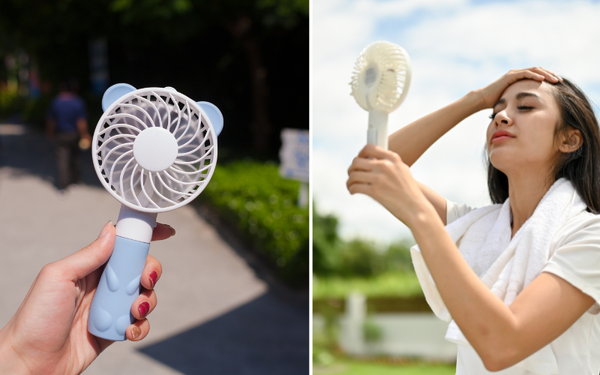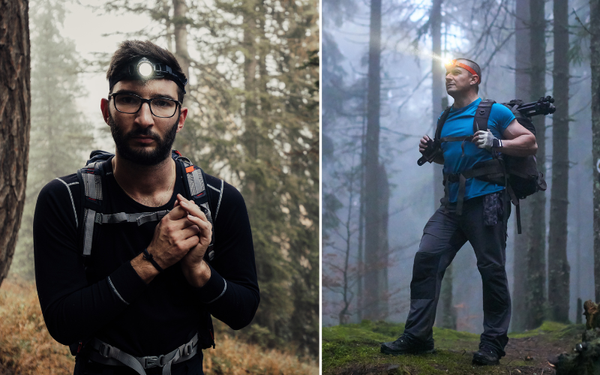The realm of outdoor sleeping arrangements has long been dominated by the age-old debate: hammocks versus the ground. As avid adventurers, campers, and even minimalist lifestyle enthusiasts ponder their options, we dive deep into the benefits and drawbacks of both, aiming to shed light on which provides the better sleeping experience.

A Dive into Tradition
Hammocks have been around for centuries, utilized by the indigenous people of Central and South America not just as a form of relaxation, but as primary sleeping beds. Elevated from the ground, hammocks offered protection against ground-level elements – be it crawling insects, damp surfaces, or potential predators.
On the other hand, sleeping on the ground, especially under the vast expanse of a starlit sky, has its own rich history and charm. With the proper bedding and tenting arrangements, many find this close-to-nature experience simply unparalleled.
Health and Ergonomics
One of the primary arguments in favor of hammocks, particularly the modern outdoor hammock bed, is the ergonomic benefit. Traditional hammocks, when set up correctly, can offer natural spinal alignment, potentially leading to better sleep quality and reduced back pain.
Conversely, ground sleeping, unless aided with premium quality sleeping pads, can be hard on the back. Uneven terrains can cause pressure points, leading to discomfort. However, the introduction of advanced sleeping pads and air mattresses has certainly made ground sleeping a lot more comfortable in recent years.
Safety and Protection
When it comes to safety, hammocks have a distinct edge. Elevated from the ground, they provide protection from wet terrains, creeping insects, and even small ground-based animals. An outdoor hammock bed, with its more robust design, often comes equipped with bug nets and canopies, providing an additional layer of protection against pests and the elements.
Ground sleeping, however, exposes one to every nuance of the natural environment. While this can be a unique experience, it does come with challenges, especially in rain-prone areas or regions with a high insect population.
Insulation and Weather Conditions
Temperature regulation is essential for a good night's sleep. Hammocks, being suspended in the air, can sometimes cause the sleeper to lose body heat more rapidly, especially in colder conditions. Underquilts and top quilts are often used by hammock campers to counteract this.
Ground sleeping, with the right sleeping bag and pad, can offer excellent insulation. The earth acts as a natural insulator, and with the added layers of a tent, one can achieve a cozy sleeping environment even in cold conditions.
Versatility and Portability
Hammocks, especially those designed for camping, are generally lightweight and easy to set up, provided there are suitable trees or supports available. This makes them a versatile choice for diverse terrains. Outdoor hammock beds, being a tad more luxurious, might weigh more but offer unparalleled comfort.
Ground sleeping arrangements, including tents, sleeping pads, and sleeping bags, can sometimes be bulkier. However, they offer the flexibility of setting up camp almost anywhere, not being reliant on trees or specific supports.
The Verdict
In transitioning from one argument to the other, it's evident that the choice between hammocks and ground sleeping isn't black and white. It's heavily influenced by individual preferences, the specific conditions of the camping site, and the type of experience one seeks.
For those prioritizing comfort, safety from ground-based elements, and a unique sleeping experience, hammocks, particularly the outdoor hammock bed, might be the ideal choice. However, for traditionalists who prefer the grounded feeling and the flexibility of setting up camp in diverse locations, sleeping on the ground remains unbeaten.

Conclusion
The beauty of the great outdoors is that it offers each individual the canvas to paint their own experiences. Whether suspended between trees in a hammock or nestled in a tent on the ground, the serenity of nature remains constant. As the hammock vs. ground debate rages on, perhaps the real takeaway is to cherish the moments of tranquility nature offers, irrespective of our choice of sleep.
You May Also Like...











